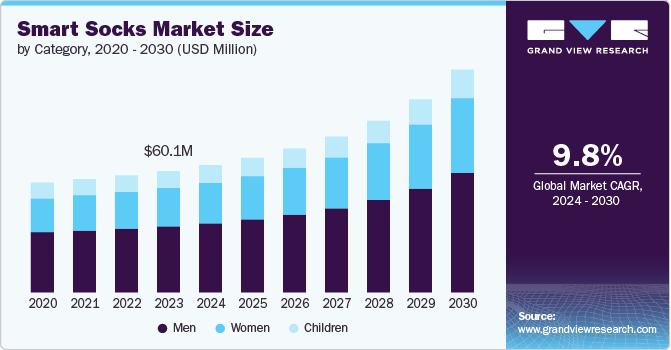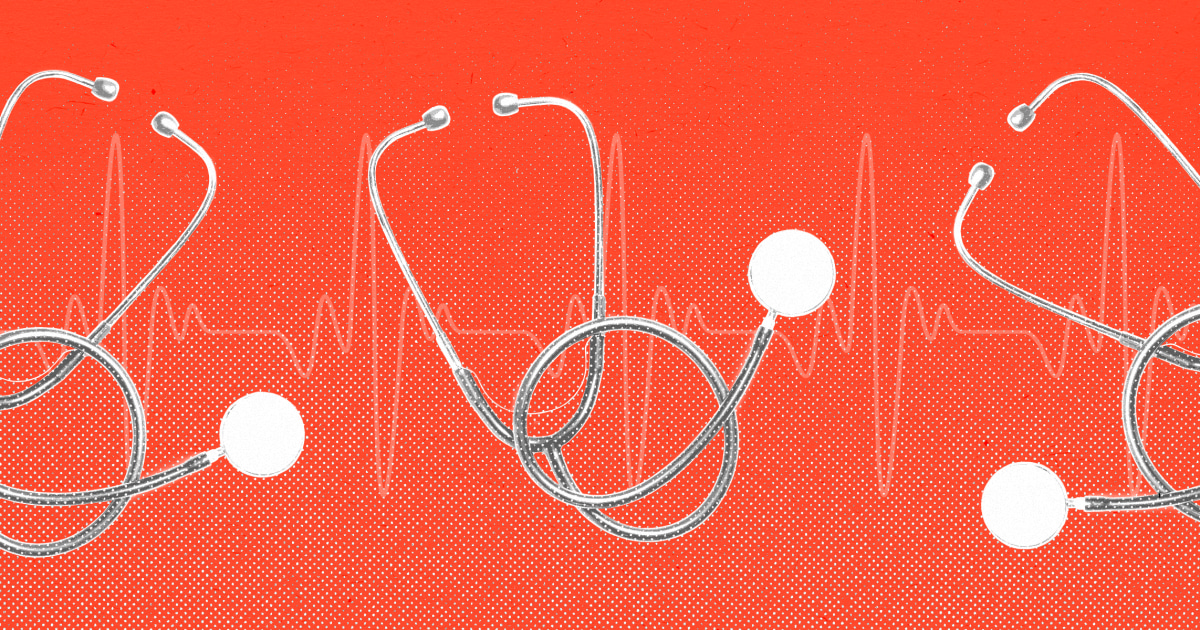Abbott’s Lingo consumer biowearables are based on similar technology to the company’s FreeStyle Libre1 continuous glucose monitoring (CGM) products for people with diabetes. A small sensor worn on the back of the upper arm measures glucose every minute, displaying the readings on a compatible smartphone app. Lingo is designed to track people’s personalised insights and data so that they can create healthier habits, retrain their metabolism and improve their overall wellbeing.
Extensive R&D, clinical testing and real-world experience of its biowearables for diabetes have helped inform the development of Lingo. This new consumer product line will measure biomarkers such as glucose, lactate and ketones to help people live healthier and better. For instance, metabolism is important to overall health, and understanding the body’s glucose is key to managing the metabolism. “Lingo will track key signals and present unique profiles of our metabolic health,” says Baicy.
The evolution of biowearables
It’s telling that one of the major announcements for Lingo was at CES 2022, a place where significant announcements are made in front of tech-obsessed consumers and industry leaders. It’s these early adopters – many of them looking for ways to improve their health and wellness – who could be key to driving the future of biowearables.
And this evolution is coming at the right time. Wearable fitness technology has already woven itself into society – fitness trackers and smartwatches have become mainstream. And the future of wearable devices shows no sign of slowing down, with a Grand View Research survey valuing the global wearable tech market at $61.3bn in 2022, predicting it to expand at a compound annual growth rate of 14.6 per cent from 2023 to 2030.



